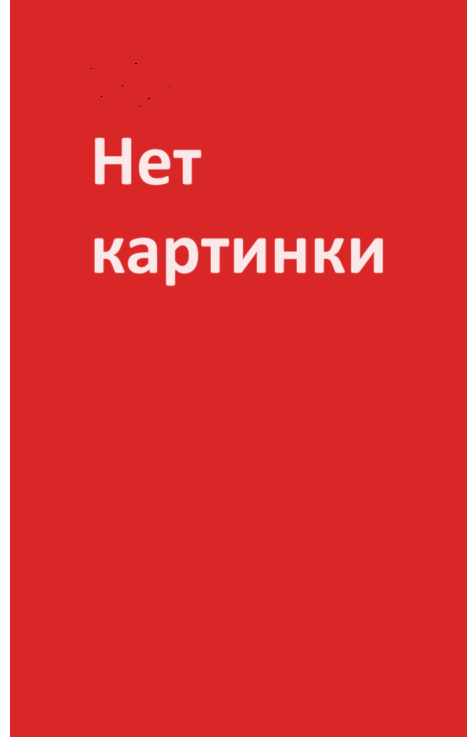Веселые человечки: культурные герои советского детства
Шрифт:
Sergey Kuznetsov’s «Zоо, or Films Not About Love» offers a sociological discussion of the images of Crocodile Gena and Cheburashka, the characters of children’s stories by Eduard Uspensky adapted for television in a series of cartoons, which achieved cult status in the USSR as well as in other countries. Kuznetsov focuses on melancholy and the sense of alienation as the distinctive traits of the main characters. He also discusses literary and social models for the development of juvenile and adult folklore around the figures of Crocodile Gena and Cheburashka.
Konstantine Klioutchkine’s
Lilya Kaganovskaya’s «The Arms Race, Transgender, and Stagnation: Wolf and Hare in the Con/Subtext of the Cold War» places the animated series Just You Wait! (Dir. Vladimir Kotenochkin, 1969) in the context of Cold War politics and the discourse of late socialism. Drawing on the works by Judith Butler, Jacques Lacan, Slavoj Ћiћek, and Alexei Yurchak, Kaganovskaya explores the ways in which Cold War rhetoric intersects with and is undone by gender-bending, the breakdown of binary opposites, and the disruption of normative categories of identification and mis/recognition.
Elena Prokhorova’s «Going to Bed as a Device, or What Did Khriusha and Stepashka Teach Us?» argues that the children’s television program Good Night, Little Ones! provides for contemporary Russian viewers not only a memory vehicle evoking post-Soviet nostalgia themes, but also one of the few media icons relevant for the common media identity. Created in 1964, Good Night, Little Ones! was one of the first serialized television shows with a fixed time slot and the only show that has been continuously broadcast on Russian television after the end of the Soviet Union and the rise of Russian commercial television culture. The author examines the changing format of the show and its heroes in the Soviet and post-Soviet television.
Elena Baraban’s «A Utilitarian Idyll» examines three popular cartoons about the village of Prostokvashino. Based on children’s stories by Eduard Uspensky, these cartoons provide valuable clues for the understanding of late-Soviet society. Baraban interprets the characters and situations depicted in the series as a critique of Soviet utopianism typical of the 1960s and 1970s. The idyll of Prostokvashino is made possible by the protagonists’ pragmatism and even utilitarianism, qualities that had previously been criticized within Soviet culture.
Ilya Kukulin’s «The Fourth Law of Robotics: The Mini-Series The Adventures of Elektronik and the Formation of the Generation of the 1990s in Russia» analyzes the social context of the image of the boy-robot Elektronik from Yevgeny Veltistov’s children’s stories, published between 1964 and 1975 and adapted for television in a 1979 mini-series. Conceived in the stories as a participant in the utopian project of developing specialized mathematical schools as «crystallisation points» for a future society, Elektronik was reinterpreted in the mini-series as a member of a group of friends attempting to gain independence from an adult world. This reinterpretation, supported by successful casting decisions, was responsible for achieving a cult status for the mini-series. Taking into consideration that Veltistov was not only a writer but also a liberal functionary of the Communist Party, Kukulin explores the ways in which the stories and the mini-series reflected the developments within the Party and among the cultural elites.
Alexander Barash’s
Sergey Kuznetsov’s «Notes on Three Pythons» examines symbolic implications of three python characters who proved to be notional for Soviet children’s culture of the 1970s and 1980s, as well as for its unofficial «intelligentsia» versions. His focus is on Kaa from Roman Davydov’s animated feature based on Kipling’s Mowgli; Python-Who-Swallowed-an-Elephant from Saint-Exup'ery’s Le Petite Prince, a cult text for several generations of Russians; as well as Young Python from the animated series 38 Parrots written by Grigory Oster and directed by Igor Ufimtsev. Kuznetsov argues that the python’s evolution from Kaa, interpreted as a symbolic image of Death, to Young Python corresponds to the evolution in the treatment of nature in Soviet children’s culture. Initially seen as wild and frightening, nature presents an object for conquest and transformation, ultimately turning into a comfortable and ironically treated phantasm available as multifunctional material for parables and gentle social satire.
Birgit Beumers’s article on Masiana serves as an epilogue to the entire collection. Masiania was the first Russian flash animation series launched on the web in October 2001. Beumers explores Masiania’s role in the media and the characteristic features that made her a ‘cult figure’: Masiania is an — initially genderless — mascot of Russia’s national identity. She represents the unflattering attributes of contemporary Russian youth culture, such as swearing, smoking, and sexual promiscuity, but her egocentrism is often motivated by loneliness.
Справки об авторах
Елена Барабан — литературовед и культуролог, преподаватель русского языка и литературы в Университете провинции Манитоба (Виннипег, Канада).
Александр Бараш — поэт, прозаик, эссеист, автор трех книг стихотворений: «Оптический фокус» (1992), «Панический полдень» (1996), «Средиземноморская нота» (2002), романа «Счастливое детство» (2006). Эссе и литературная критика публикуются в журналах «НЛО», «Иностранная литература», «Зеркало» и др.
Белые погоны
3. Гибрид
Фантастика:
фэнтези
попаданцы
технофэнтези
аниме
рейтинг книги
Столичный доктор. Том III
3. Столичный доктор
Фантастика:
попаданцы
альтернативная история
рейтинг книги
Король Руси
2. Иван Московский
Фантастика:
альтернативная история
рейтинг книги
Измена. Жизнь заново
1. Измены
Любовные романы:
современные любовные романы
рейтинг книги
Идеальный мир для Лекаря 17
17. Лекарь
Фантастика:
юмористическое фэнтези
попаданцы
аниме
рейтинг книги
Эйгор. В потёмках
1. Эйгор
Фантастика:
боевая фантастика
рейтинг книги
Наследник
1. Рюрикова кровь
Фантастика:
научная фантастика
попаданцы
альтернативная история
рейтинг книги
